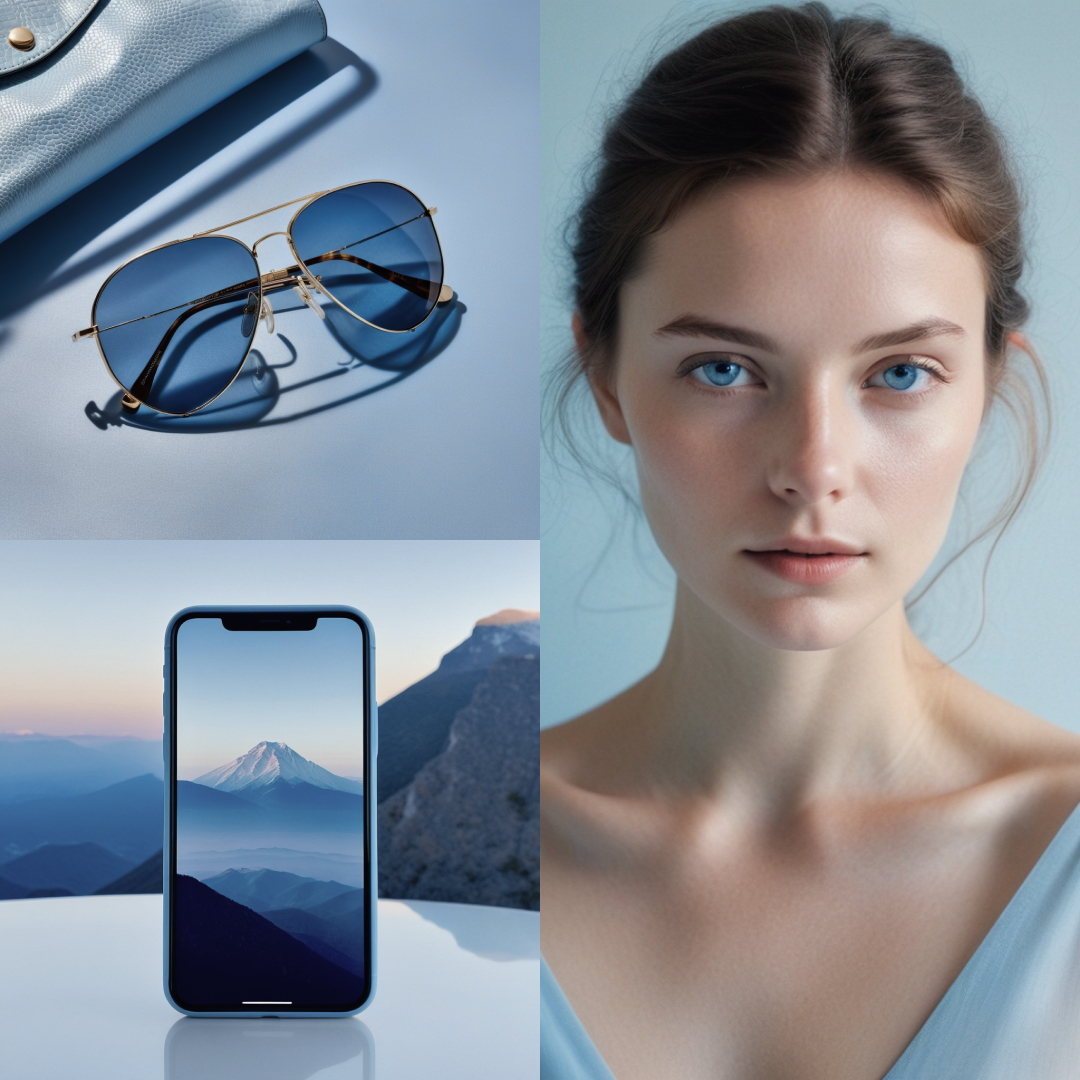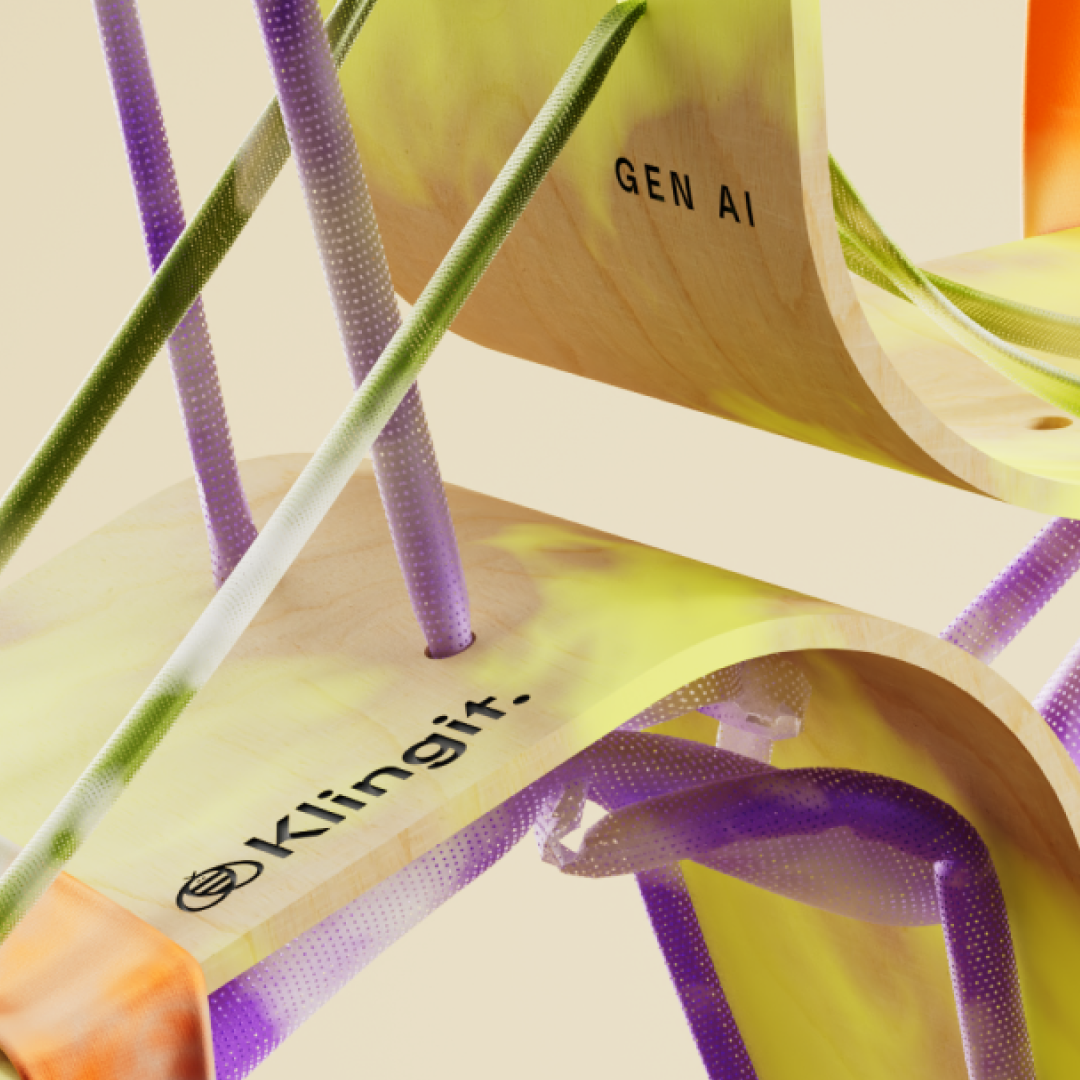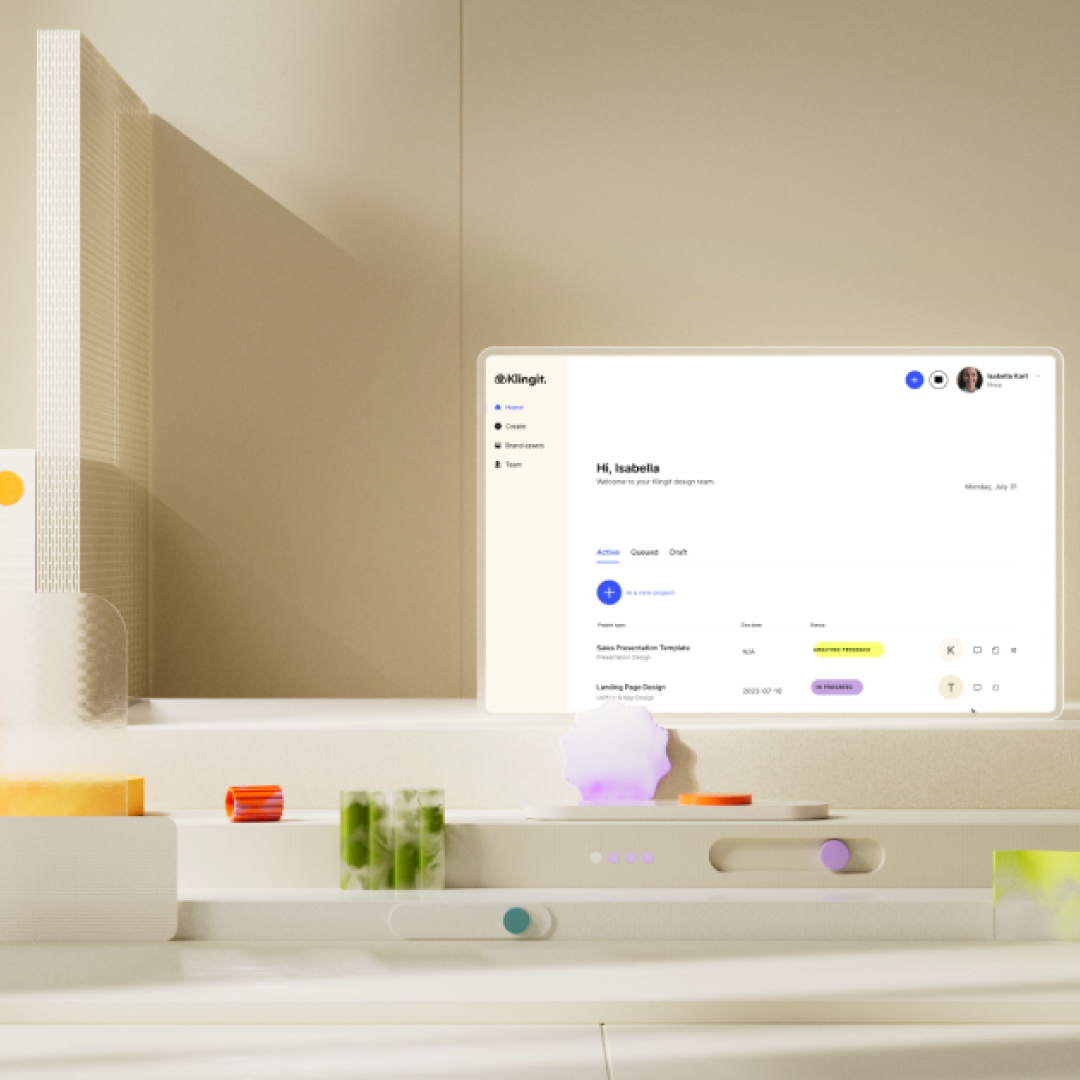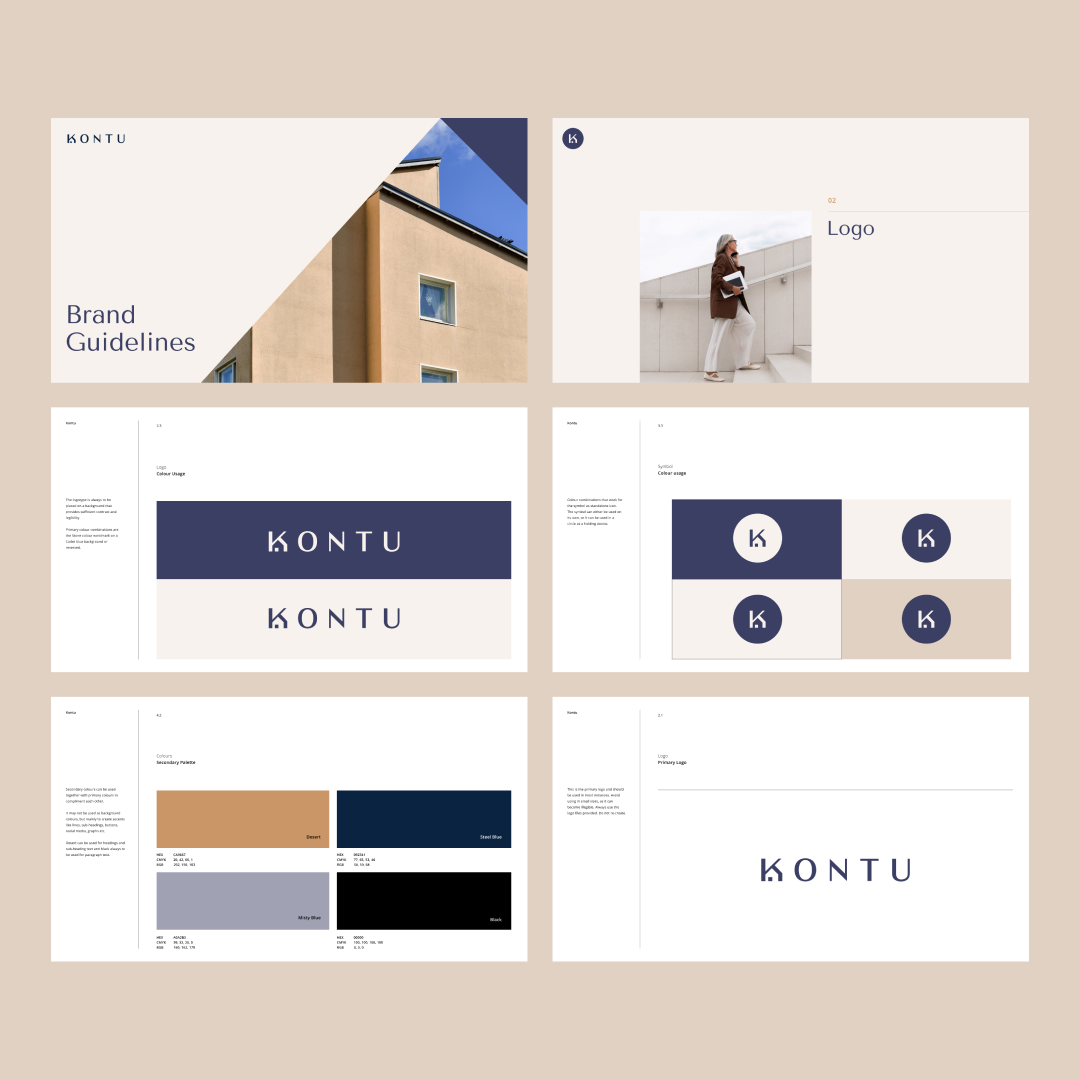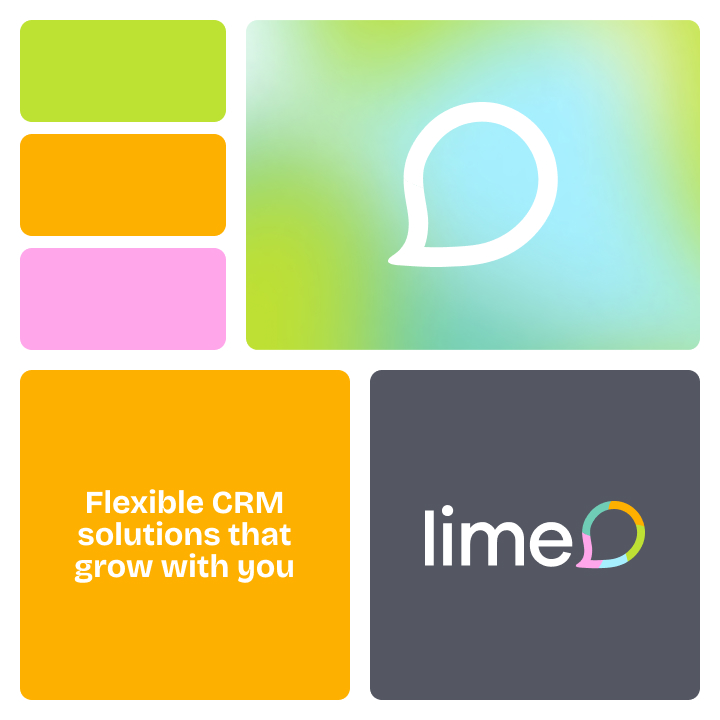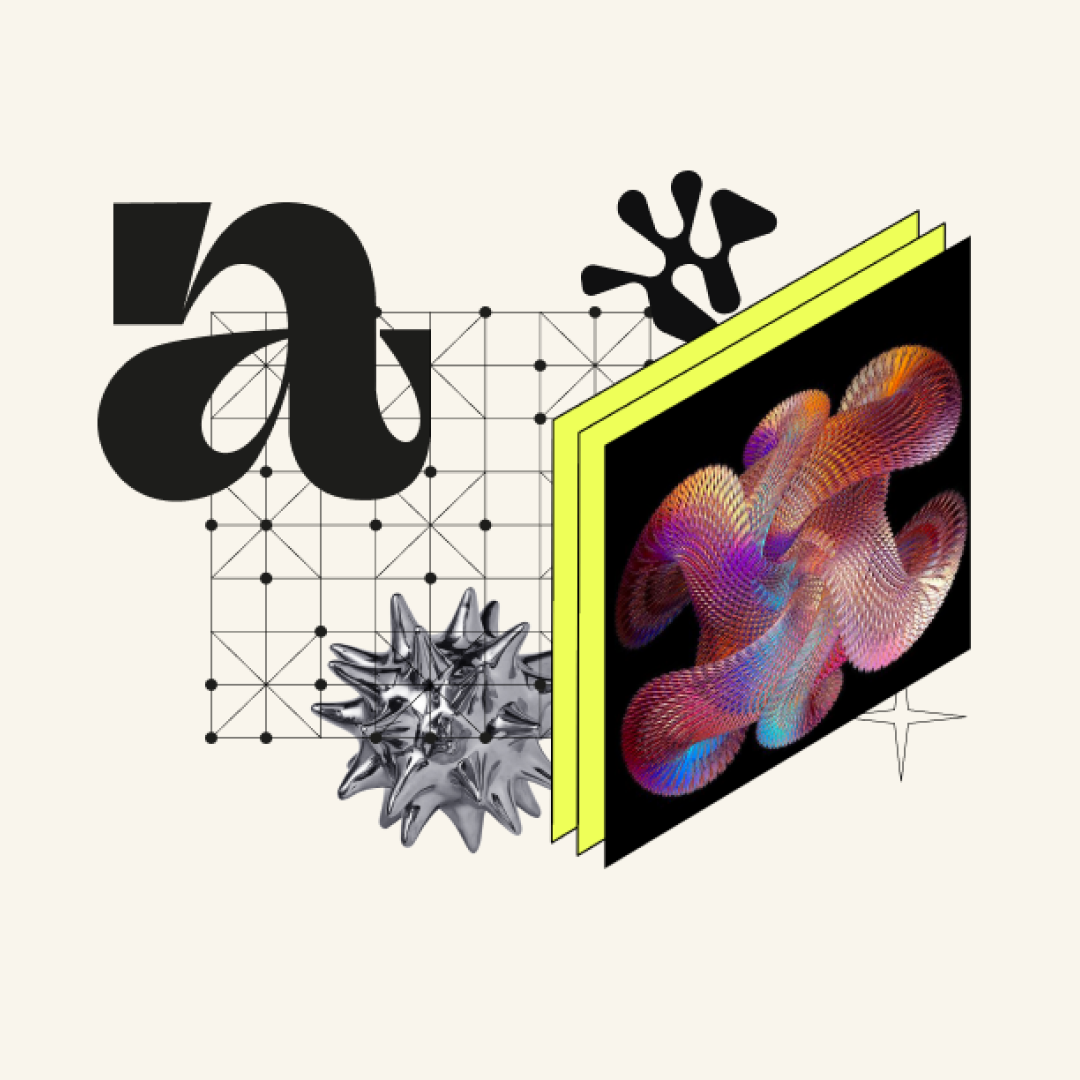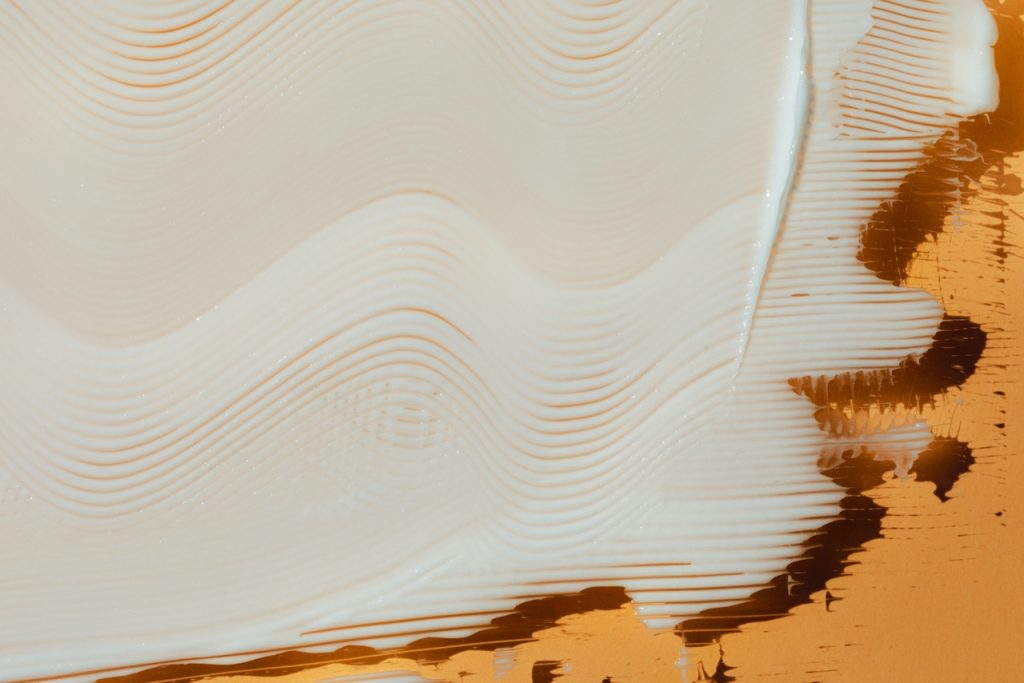
Five or ten years ago, the world was convinced of the impending elimination of middle-class jobs. Something that has yet to happen to the extent predicted at the time. Does this mean that lawyers, creatives, healthcare professionals, and accounting consultants can breathe a sigh of relief once and for all?
Probably not. That it takes time to change behaviors and production patterns despite the underlying technology being in place is not really news. Such technology shifts usually occur between business cycles and generations, often involving far-reaching structural changes for employers and employees.
What can replace human intervention in the production process was, and still is, various types of physical and virtual robots. These, with the help of artificial intelligence, “learn” to perform the work previously performed manually. When originally testing the tools required to replace our creatives, it was easy to see that this would be a long way into the future. However, a lot has happened since then, and technologies have improved, along with a general standardization of the world’s digitalization strategies.
DALL-E open AI is an example of an AI tool that creates visual content through text strings. Here, with the help of descriptive text and billions of combinations of existing images, you come up with design suggestions. In addition, you can specify which art form or effect you want and customize the result even further. An example is writing the words “avocado” and “chair”, after which the tool pairs the shape of an avocado with a chair in different ways. Some results are more successful, and others less so. For example, if you add the word “still life”, you get a painting with the created motif.
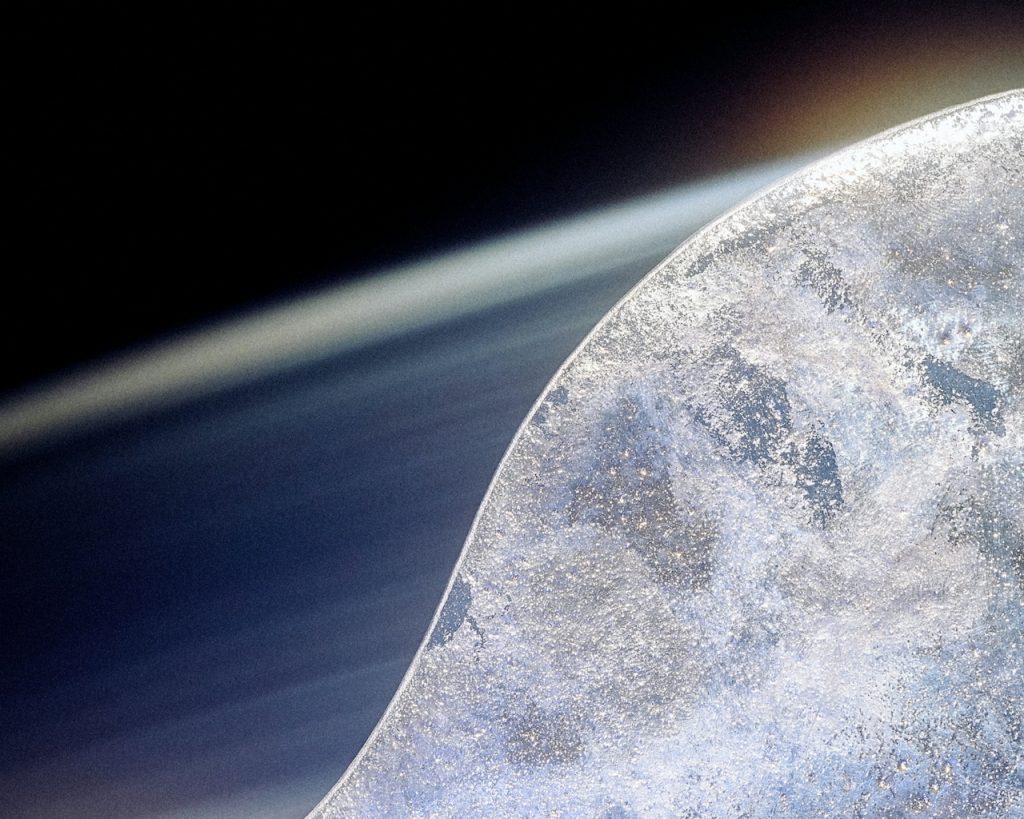
Threats to designers?
Presumably, these tools will increasingly be used in creative processes, for example, to quickly produce suggestions on how things could look in connection with prototyping or sketching. It significantly shortens the concept process and affects the ability to charge for this part of the creative process. If you think a step further, it is not improbable to imagine the pairing of existing material to create new. It also replaces a lot of work in photo editing and, in the long run, things like website design.
Threats to artificial intelligence?
The technology is based on reuse and interpretation, leading to further alignment and standardization. This is usually a good thing until it isn’t anymore, and brands need to break the norms and trends that are prevalent at that moment. Certainly, this will lead to extensive hype that will later become standardised and then passé. However, much creative production will be affected by the breakthrough provided by these tools, and other parts will be entirely or partially replaced by automation.


